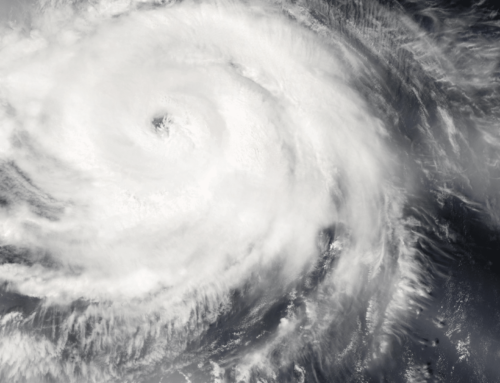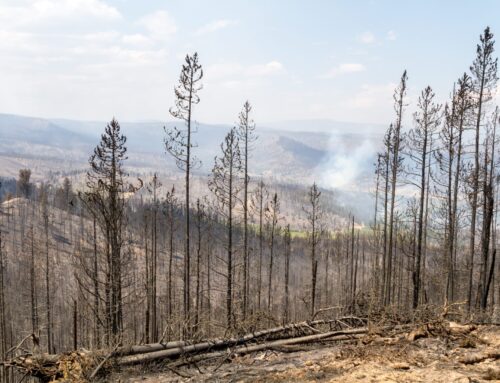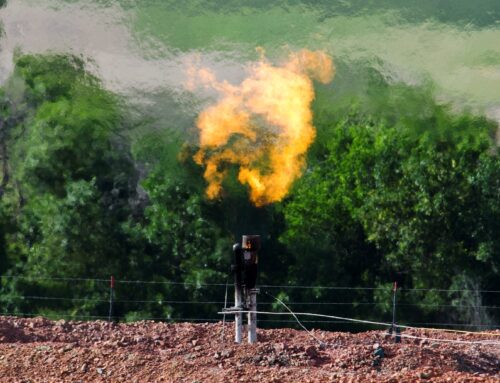The costs for responding to climate change are escalating for non-disaster programs, including national security. The Department of Defense (DoD) holds a global real-estate portfolio with an estimated replacement value of $1.2 trillion and has cited climate change as a national security issue with potential impacts to missions, operational plans, and installations. For instance, four of the five Navy drydocks in Norfolk, Virginia, routinely flood from extreme tides and storms and average one major flood event per year. As a result, in 2018, the U.S. Navy submitted a $21 billion plan to Congress to modernize the world’s biggest naval base in Norfolk, VA, as well as shipyards in Maine, Washington, and Hawaii. A three-foot sea level rise could threaten as many as 128 U.S. military bases worldwide, valued at roughly $100 billion.
Recent hurricanes have previewed the future damages and costs that taxpayers may face from Defense installations standing in harm’s way. Hurricane Michael damaged or destroyed every building on Tyndall Air Force Base shutting down base operations for months with repairs estimated at $3 billion. Hurricane Florence heavily damaged Marine Corps facilities in North Carolina to the tune of $3.6 billion.
It is not just flooding and hurricanes that affect the sprawling Defense complex. High temperatures and wildfires affect training in some areas. Drought not only affects installations but also the neighboring communities that rely on these resources. These are all direct and indirect taxpayer liabilities facing the national security sector from the future risks of climate change. Steps can be taken to reduce these costs and prepare DoD for the inevitable impacts of climate change. Furthermore, the national security complex is so large that minor policy changes to training, construction, and operations can have far reaching effects in reducing taxpayer cost and climate impacts.
Read more:
- Military Construction and the House Appropriations Committee: An analysis of Military Construction funding in the FY23 spending bill.
- FY 2022 Department of Homeland Security Budget Request: An analysis of the President’s FY 2022 Discretionary budget request, including Disaster Relief funding for the Department of Homeland Security (DHS).
- Budget Watchdog All Federal, Episode 6: Climate Change Special: A podcast episode on climate change, notably how climate change will impact the Department of Defense.










